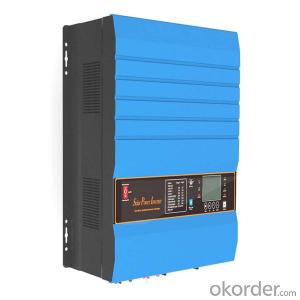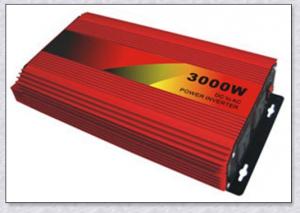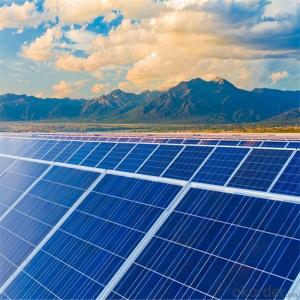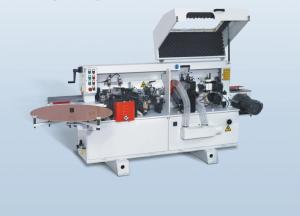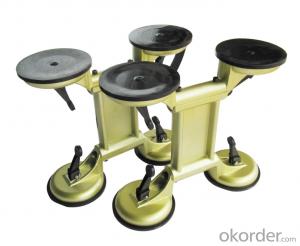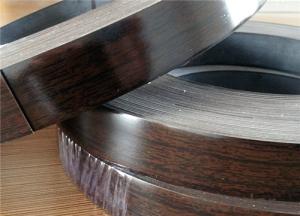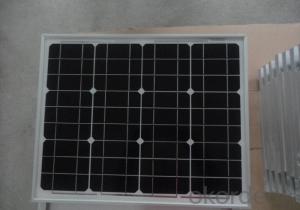Solar Edge Inverter 10kw
Solar Edge Inverter 10kw Related Searches
Best Solar Inverter For Home Home Power Inverter For Solar Best Inverter For Solar Pv Best Inverter For Solar Mini Solar Inverter For Home Solar Panel Inverter For Rv Inverter For 5kw Solar System Inverter For Solar Power Plant Inverter For Home Solar Solar Power Inverter For RvHot Searches
Solar Edge Inverter For Sale Fiberglass Scaffolding For Sale Fiberglass Panels For Sale Fiberglass Greenhouses For Sale Type Of Scaffolding With Pdf Solar Inverter With 2 Battery Pedestal Fan With Water Spray Price Mini Inverter With Battery Online Shopping Solar Edge Inverter Price Ceiling Fan Lowest Price Solar Edge Inverter Sizes Power One Solar Inverter Price 20kw Solar Inverter Price 10kw Solar Inverter Price Solar Inverter 10kw Price Solar Power Inverter Types Solar Power Inverter Suppliers Solar Inverter Emergency Power Solar Power Inverter Companies Power Factor Solar InverterSolar Edge Inverter 10kw Supplier & Manufacturer from China
Okorder.com is a professional Solar Edge Inverter 10kw supplier & manufacturer, offers integrated one-stop services including real-time quoting and online cargo tracking. We are funded by CNBM Group, a Fortune 500 enterprise and the largest Solar Edge Inverter 10kw firm in China.Hot Products
FAQ
- A centralized solar inverter system involves connecting multiple solar panels to a single inverter, with all the panels connected in series. The combined DC power generated by the panels is then converted into AC power by the centralized inverter. On the other hand, a decentralized solar inverter system, also known as microinverters or power optimizers, consists of each solar panel having its own dedicated inverter. In this system, each panel operates independently and converts its DC power into AC power directly at the panel level. The main distinction between the two systems lies in their architecture and power conversion methods. In a centralized system, the overall power output of the entire array depends on the performance of a single inverter. If any panel in the array underperforms due to shading or malfunction, it can significantly impact the overall system's performance. Additionally, a single inverter can limit design flexibility and system scalability. In a decentralized system, each panel operates independently, allowing for greater flexibility and optimization. The individual inverters in a decentralized system can maximize the power output of each panel, regardless of shading or performance variations. This also means that the overall system performance is less affected by the underperformance of a single panel. Moreover, decentralized systems offer better scalability as additional panels can be easily added without the need for significant system redesign. Decentralized systems also provide improved monitoring capabilities, as each inverter can provide real-time data on individual panel performance. This simplifies troubleshooting, maintenance, and issue identification within the solar array. To summarize, while a centralized solar inverter system is a simpler and more cost-effective option, a decentralized system offers better optimization, scalability, monitoring, and performance reliability. Choosing between the two systems depends on factors such as system size, shading conditions, budget, and desired level of control and flexibility.
- Yes, there are government incentives and rebates available for solar inverters. These incentives and rebates vary by country and region. For example, in the United States, the federal government offers a tax credit called the Investment Tax Credit (ITC) that allows homeowners and businesses to deduct a percentage of the cost of a solar system, including inverters, from their taxes. Additionally, some states and local governments may offer their own incentives or rebates for solar inverters. It is recommended to check with local authorities or consult with a solar installer to determine the specific incentives and rebates available in a particular area.
- Surge protection is of utmost importance in a solar inverter due to several reasons. Firstly, solar inverters are responsible for converting the direct current (DC) generated by solar panels into alternating current (AC) that can be used to power electrical devices. During this conversion process, there is a potential for power surges or voltage spikes to occur. These surges can damage the sensitive electronic components within the inverter, leading to malfunctions or complete failure. Secondly, solar inverters are often connected to the electrical grid, allowing excess electricity generated by the solar panels to be fed back into the grid. However, the grid can be prone to power fluctuations and surges caused by lightning strikes, utility switching, or other external factors. Without adequate surge protection, these power surges can travel back through the grid and damage the solar inverter. Furthermore, surge protection is essential in safeguarding the entire solar power system. In addition to the solar inverter, there are other components such as charge controllers, battery systems, and monitoring equipment that are interconnected. A surge in any part of the system can potentially damage or disrupt the entire system's operation. By installing surge protection devices, such as surge suppressors or surge arresters, in the solar inverter, the excess energy from power surges is diverted away from the sensitive electronic components. These devices are designed to absorb or redirect the surge, protecting the inverter and other connected equipment. In conclusion, surge protection is crucial in a solar inverter to prevent damage from power surges during the conversion process, protect against external power fluctuations from the grid, and safeguard the entire solar power system. Investing in proper surge protection ensures the longevity and reliable operation of the solar inverter, minimizing the risk of costly repairs or replacements.
- Yes, a solar inverter typically requires additional cooling or ventilation to operate efficiently and prevent overheating. The heat generated during the conversion of DC to AC power needs to be dissipated to maintain optimal performance and prolong the lifespan of the inverter.
- Yes, a solar inverter can be connected to a backup battery system. This allows the solar energy generated during the day to be stored in the backup batteries and used during times when there is no sunlight or during power outages.
- A solar inverter protects against overvoltage by monitoring the voltage levels of the solar panels. When the voltage exceeds the safe operating range, the inverter automatically reduces the power output or completely shuts down to prevent any damage to the electrical system. Additionally, some inverters are equipped with surge protection devices to further safeguard against sudden voltage spikes.
- Yes, a solar inverter can be used with different types of grounding configurations. However, it is important to ensure that the inverter is compatible with the specific grounding configuration being used in order to maintain safety and performance.
- Through its built-in control mechanisms and advanced technology, a solar inverter is specifically designed to handle voltage and frequency variations resulting from switching operations. When connected to the grid, the solar inverter actively monitors the grid's voltage and frequency, and adjusts its operation accordingly to ensure stability and safety. When voltage variations occur due to switching operations, a solar inverter typically employs a voltage control mechanism. This mechanism continuously monitors the grid's voltage level, and accordingly adjusts the inverter's output voltage to match the grid voltage. If the grid voltage exceeds or falls below a specific threshold, the inverter automatically compensates by adjusting its output voltage to maintain a stable level. Similarly, for frequency variations caused by switching operations, a solar inverter utilizes a frequency control mechanism. This mechanism constantly monitors the grid's frequency and adjusts the inverter's output frequency to match the grid's frequency. If the grid's frequency deviates from the standard, the inverter promptly responds by adjusting its output frequency to ensure synchronization with the grid. To achieve precise control, solar inverters often integrate advanced digital signal processing algorithms and sophisticated control systems. These algorithms and control systems analyze the voltage and frequency signals from the grid, and based on predefined parameters, swiftly make adjustments to the inverter's output. This ensures compatibility with the grid and promotes seamless integration. Ultimately, the primary objective of a solar inverter is to seamlessly integrate with the grid, providing a stable, reliable, and efficient power supply. By effectively managing voltage and frequency variations resulting from switching operations, the inverter plays a crucial role in maintaining the overall stability and resilience of the grid. This allows for optimal utilization of solar energy and contributes to a sustainable energy future.




